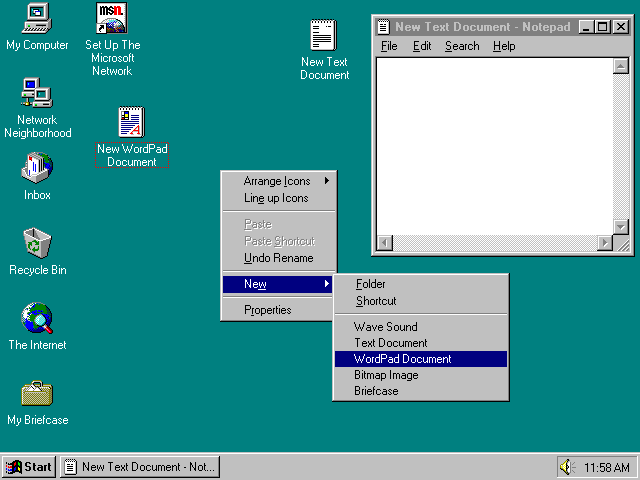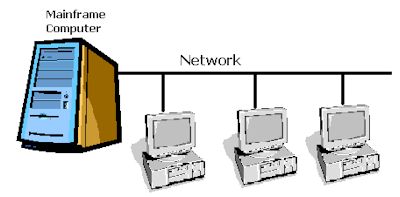Types of Operating Systems
Real-Time Operating Systems

A real-time application is an application that responds to certain inputs very quickly. It accepts inputs, processes the inputs and gives the appropriate response in milliseconds or microseconds.
Used in
• Medical diagnostic equipment
• Life-support systems
• Machinery
• Scientific equipment
• Industrial Machines
Very fast and rather small.
They may be embedded and built into the circuitry of a device. In such cases, they are not loaded from a disk drive. May support a single task or multiple tasks carried out at the same time.
Single-User/Single-Tasking Operating Systems

Allows a single user to perform just one task at a time.At any given time you are able to do only one function such as
• Printing a document
• Editing a text file,
• Saving a file
• Downloading some content from a network server
The operating system considers a process as a task and simple OSs can handle only a single task at a time. Examples
Take up very little space in the backing storage when running and do not require sophisticated expensive computers.
Single-User/Multitasking Operating Systems

• Allow a user to perform two or more functions at any given time.
• An office user may print a very large document in his computer and while it is being printed he may edit another document in his computer, thus increasing his productivity.
• These operating systems tend to be complex and large as they have to support multi-tasking such as; Support a GUI (graphical user interface)
• Have two or more programs running at the same time sharing data , Downloading some content from a network server
• Windows 95 and Windows 3.1 are examples for this type of operating systems.
• Share data between two different programs
Multi-User/Multitasking Operating Systems

• Powerful operating systems. Support more than one user at a time. perform more than one task at a time.
• Multiple users use simultaneously running programs that are on a single network server called the terminal server.
• A multi-user OS gives each user a complete environment called a user session, on the server.
• Each user’s application runs within their user session on the server separated from all other user sessions. The software that makes this possible is called the terminal client.
• Most of the computing occurs at the server. This scenario is quite different from connecting to a network to access files and printers where the computing is done at the client computer locally.
• Examples; UNIX ,VMS , Main frame operating systems (MVS)
• Advantages -
~ Changes can be made only in the terminal server
~ Allow users to run applications which require high computing power
• Disadvantage -
~ If the network connection to the server is broken, the users cannot run any of the applications that run on the server
 ශිල්ප 64
ශිල්ප 64